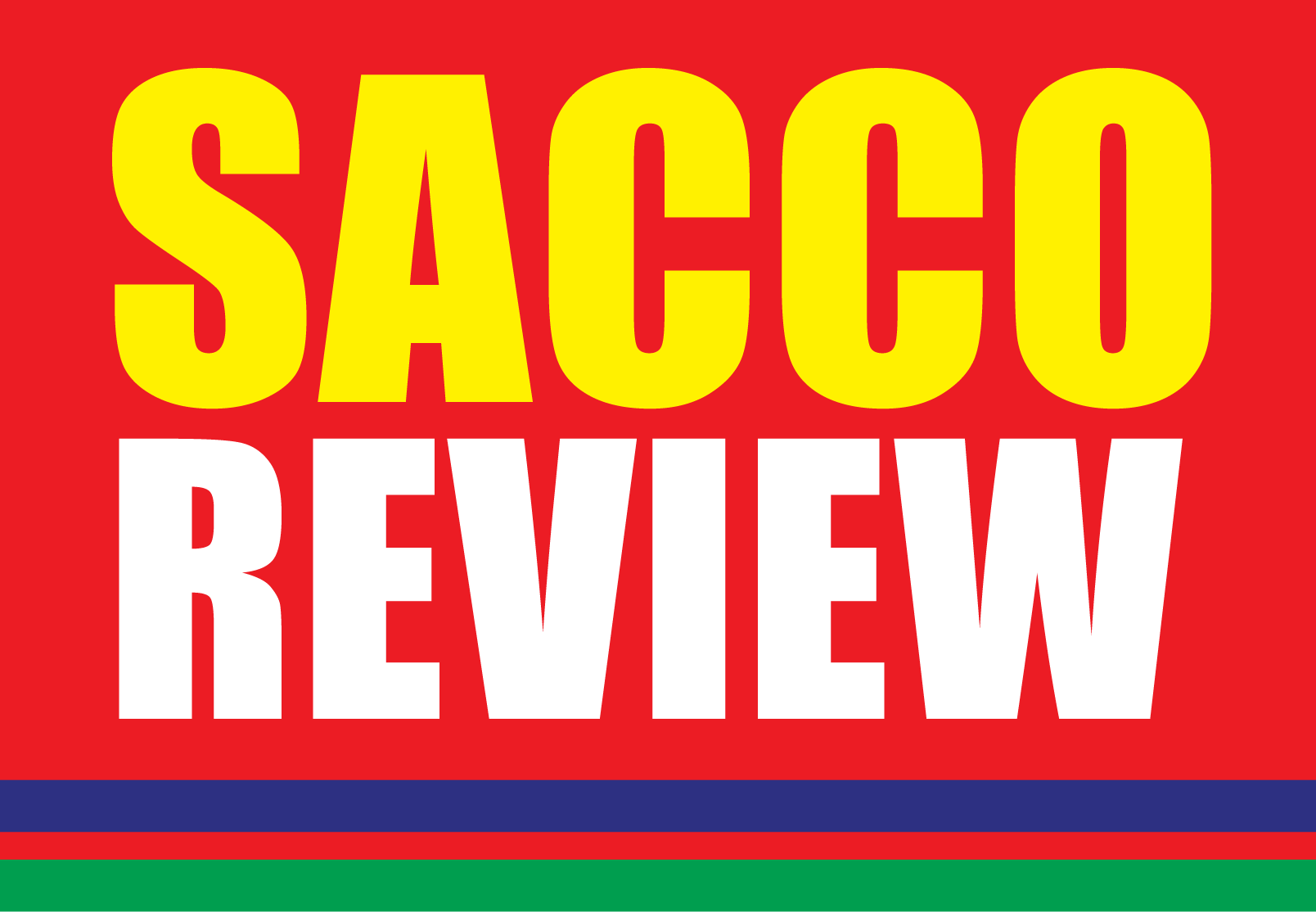Sacco Societies Regulatory Authority (SASRA) has raised concern over the rise of unregulated, pyramid‑style entities masquerading as SACCOs, endangering the trust and work of the well-structured cooperatives.
The SASRA said many, regulated SACCOs are safe havens: institutions that allow employees, informal sector workers, farmers, and diaspora Kenyans to pool savings, access loans, and build wealth, and clients should do a thorough research before making the decision of joining one.
The authority alluded that members must be cautious of saccos promise high returns, attractive interest rates on savings, or quick payouts. They solicit deposits or remittances, sometimes even via employers, digital channels, or religious institutions.
All the outward trappings of a SACCO are there, but behind them is risk: often, little or no regulation, oversight, or legal recourse.
In recent years, numerous cases have emerged: Institutes posing as SACCOs collecting funds from members, only for the operation to collapse, funds to vanish, or obligations to go unmet.
Often, these entities are unregistered, unauthorized, and lack proper audits or accountabilities. When failure comes (as it does in such schemes), members have little chance of recovering their funds. SASRA’s public notices are replete with such examples.
Why the pyramid‑style threat is especially sinister
Pyramid and Ponzi schemes thrive on two things: trust and ignorance. SACCOs, being community‑based, often rely on trust: among members, in leadership, and in institutional promises.
That trust is being weaponized by fraudsters. Promises of extraordinary returns or very high rebates on savings draw in people who may be unaware of the guardrails that should exist.
Moreover, many such schemes operate on the periphery of regulatory thresholds. They avoid being detected by remaining under the radar: operating small, avoiding formal licensing, or misclassifying their business.
ALSO READ:
In some cases, they engage “public or private employer institutions” to facilitate payroll deductions or remittances, giving themselves an aura of legitimacy.
Also, in unstable economic times—when inflation erodes value, interest rates fluctuate, formal bank services may be expensive—people are more likely to chase quick returns, which makes the target population for these schemes larger.
This vulnerability is exploited mercilessly by those who purport to offer regulated SACCO‑like returns without any regulatory backing.
Regulatory gap and the need for stronger oversight
SASRA has done well to spotlight the issue. In its 2024 Supervision Report, the regulator explicitly called on members of the public to “cease and desist from undertaking or transacting SACCO business with unregulated and pyramid‑styled entities purporting to be SACCOs when they are not.”
Further, it has warned about the risks of “unauthorized entities” working through salary deductions or employer‑remittance mechanisms.
Yet simply warning is not enough. Regulation must be more accessible, visible, and enforceable. Thresholds for licensing or regulation should not act as loopholes.
Indeed, SASRA has flagged that many fraudulent operators exploit the fact that only SACCOs above a certain capital base or deposit size were the focus of regulation. The tightening of registration requirements to include smaller capital SACCOs is a positive move.
Awareness: The best first line of defense
Regulation alone cannot protect if people don’t know what to look out for. Public education is essential.
The average savings member may not always distinguish between a SACCO with a physical office, some branded material, or even deduction via their employer, versus one that operates legally under the SACCO Societies Act and SASRA’s licensing regime.
SASRA publishes the list of licensed SACCOs, and this list also appears in the Kenya Gazette and national newspapers. But is that enough? Most people learn via community networks, religious gatherings, employers, and social media.
ALSO READ:
Misrepresentation often happens in those spheres. The authorities, SACCOs themselves, community leaders, and media must step up education efforts: how to verify that a SACCO is licensed; what documents to demand; what questions to ask; and what red flags—such as guaranteed high returns, lack of transparency, or unverifiable reporting of operations—should trigger caution.
Legal and institutional reforms
A number of legal and institutional steps are needed to close gaps. These should include:
one, lowering thresholds for regulation so that SACCO‑like entities with smaller capital or deposit bases are brought under supervisory regimes. This avoids “regulatory arbitrage,” where fraudsters position themselves just below the radar.
Two, mandating disclosure requirements for all entities calling themselves SACCOs: display of the license/authorization, physical address, names of leadership, audit reports, and terms for members’ deposits, savings, exits, and dividends.
Three, stronger enforcement: prosecution of unlicensed entities, revocation of any false licenses, financial penalties, and means to recover misappropriated or unremitted funds.
Four, transparency and public reporting: continuous updates of the list of licensed deposit‑taking and non‑deposit SACCOs, easy access for the public; regular audit disclosures; and third‑party validation or rating of SACCO strength.
Five, partnerships with employers and digital platforms: because many rogue entities piggyback on employers for payroll deductions or use digital channels, employers should verify that the recipient entity is SASRA‑licensed.
Trust is fragile – Once broken, hard to rebuild
Ultimately, the SACCO movement’s greatest asset is trust. Members believe that their savings are safe, that contributions will be used properly, and that returns (whether via loans, dividends, and rebates) will be fairly handled. When illicit actors exploit that trust and then collapse, disappear, or fail to deliver, they damage not only their victims but the reputation of regulated SACCOs as a whole.
A single high‑profile collapse of a fake or pyramid‑style SACCO could have ripple effects: people may shy away from joining legitimate SACCOs; mobilization of savings may slow; also credit flows in local communities may contract. In an economy where financial inclusion is already fragile, that is a luxury Kenya cannot afford.
SASRA’s warning is not alarmism; it is a necessary wake‑up call. As Kenya deepens efforts to drive financial inclusion, SACCOs will remain central. But this promise can only be delivered if the rules are enforced, the public is informed, and fraudsters are deterred.
It is in everyone’s interest—members, SACCOs, regulators, employers, and society at large—that those who call themselves SACCOs are real SACCOs: ones with licenses, oversight, transparency, and accountability. Anything less exposes savers to loss—and threatens the very foundations of the cooperative savings movement.
By David Kipkorir
Get more stories from our website: Sacco Review.
For comments and clarifications, write to: Saccoreview@
Kindly follow us via our social media pages on Facebook: Sacco Review Newspaper for timely updates
Stay ahead of the pack! Grab the latest Sacco Review newspaper!



